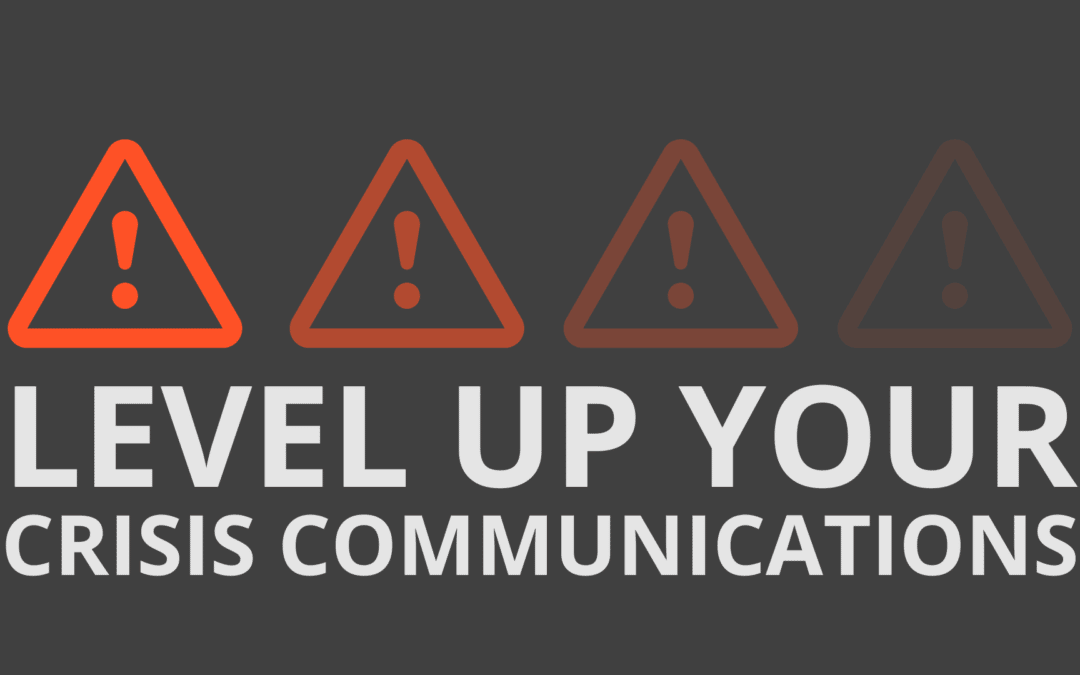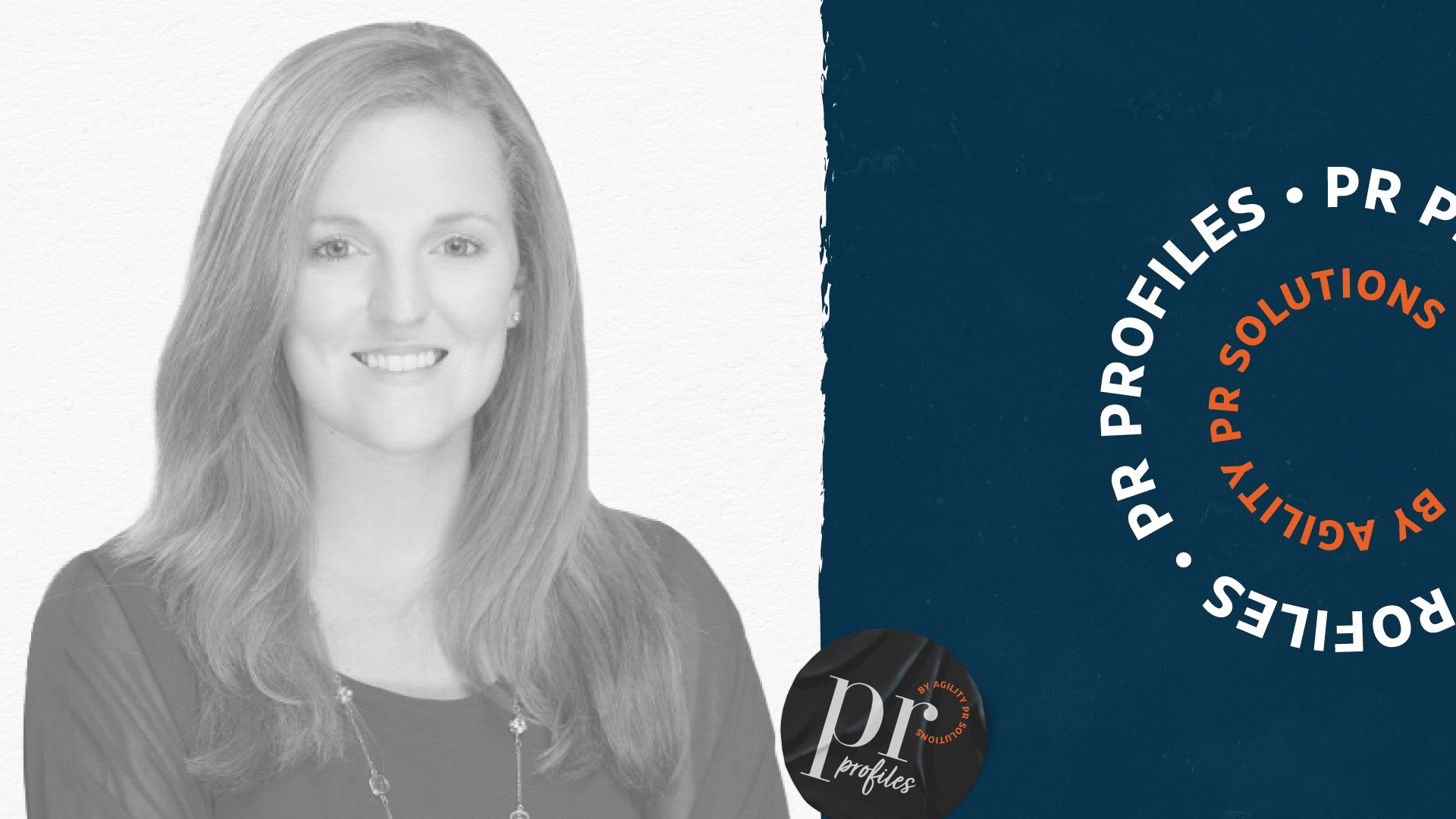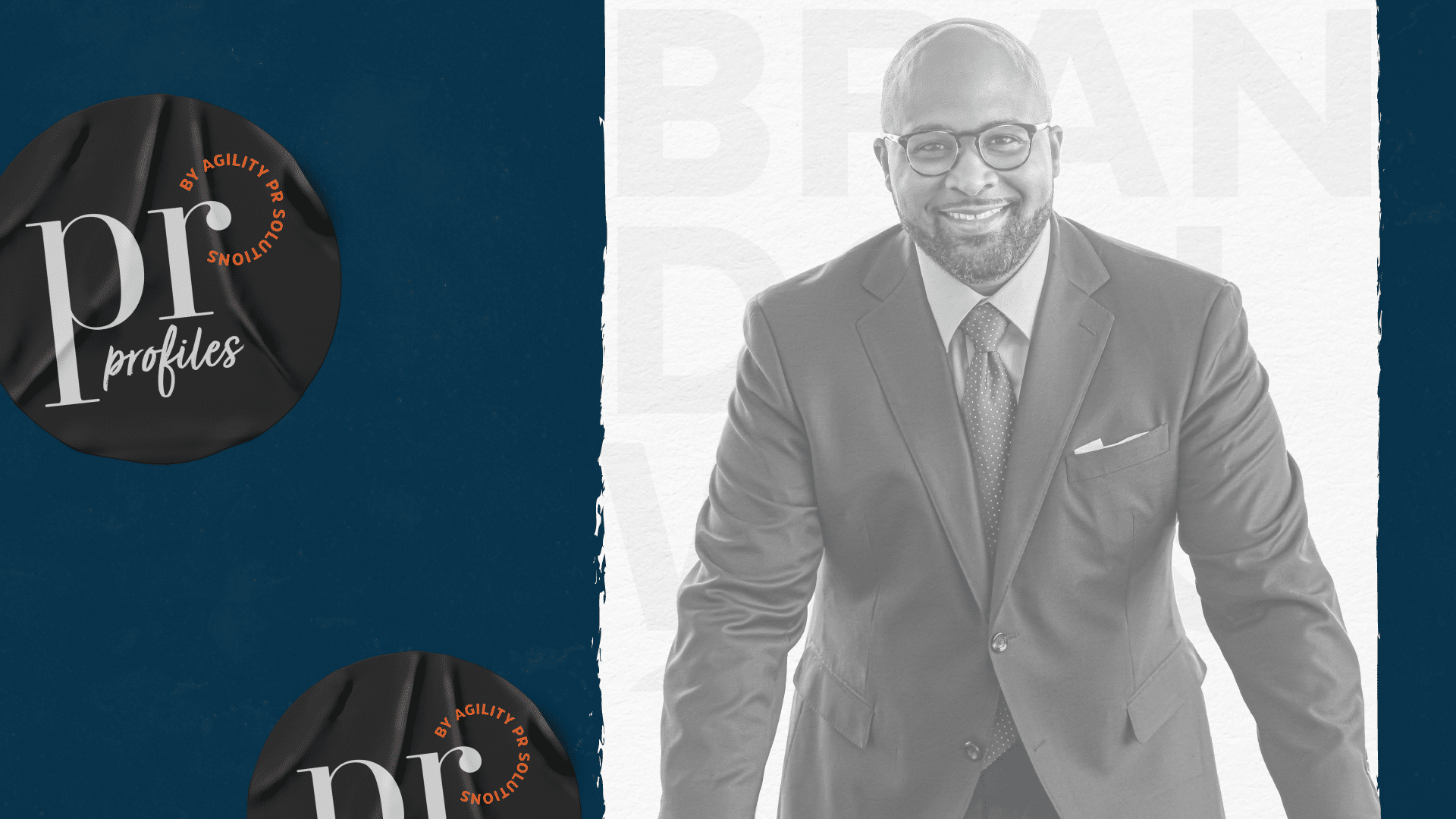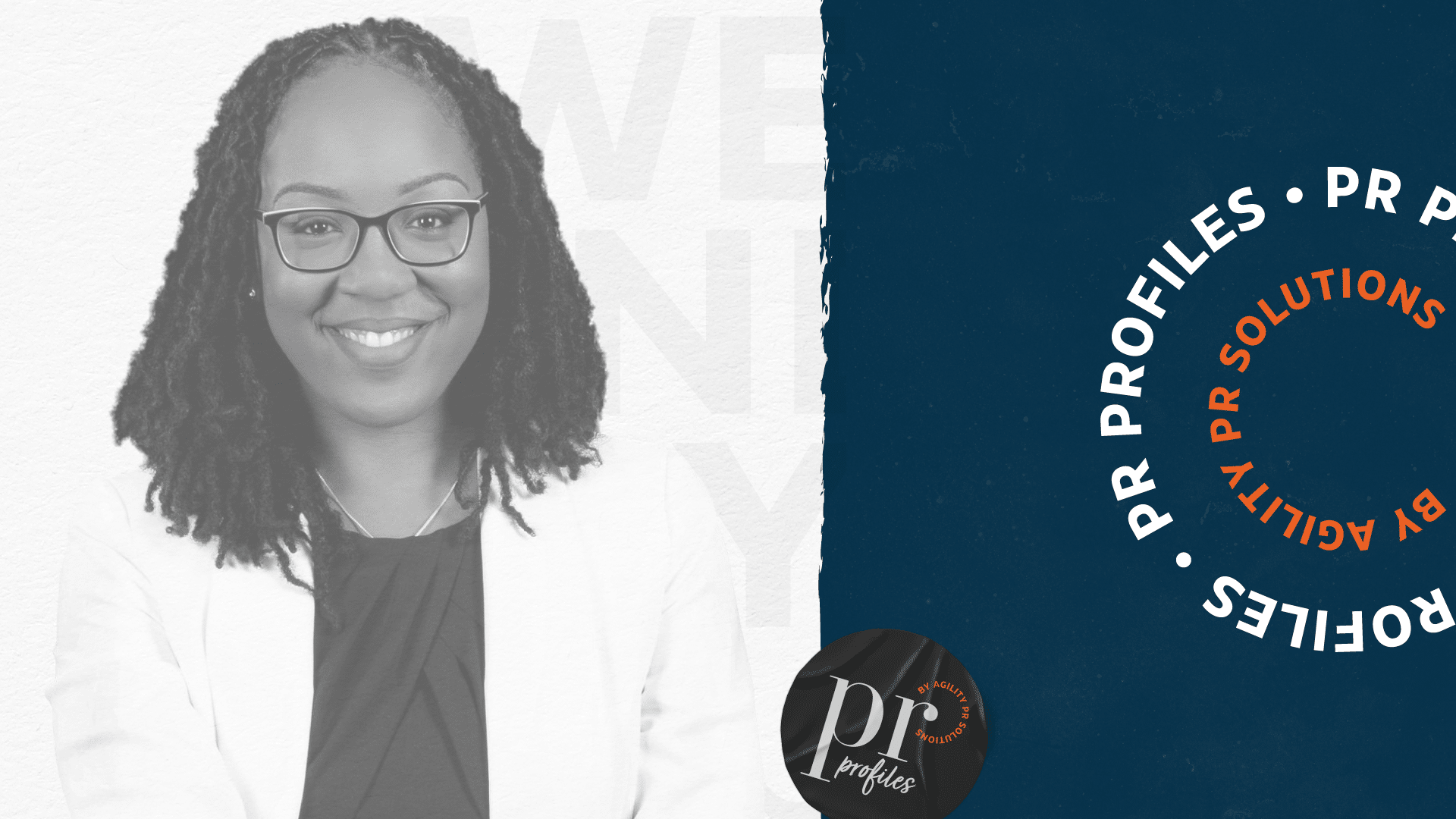Infinite crisis possibilities loom on the horizon, threatening chaos, anxiety, and reputational harm. The consequences of delivering a delayed, incorrect, or tone-deaf response are costly. Your organization must prioritize responding in a timely and appropriate manner so that you can get in front of the story, steer the narrative in your favor as much as possible, and prevent further reputational damage. Luckily, there are tools and services designed to help you. Keep reading to learn why we are confident that an integrated PR platform is the key to effective crisis communications.
Building your media list
Identifying the right influencers and stakeholders to distribute your message to can be time-consuming. The last thing you want during a crisis is to be scrambling to establish media contacts.
Media databases allow PR professionals to target the most appropriate media contacts for their specific message. Filters like region, media type, title, and beat narrow in on the right journalist or influencer. Ideally, you’ve already built meaningful relationships with some if not all the contacts on your list. After all, you don’t want to end up sending your crisis response messaging to a detractor rather than a supporter.
Disseminating information
Email, news releases, social media, and press conferences are all commonly used to disseminate communications related to a crisis.
Email is ubiquitous, easily accessible, and most media are dependent on it. Email distribution services are guaranteed to facilitate immediate circulation of your message to your pre-established crisis media list. With an integrated PR platform, it’s as easy as a few clicks.
Press releases are significant for your stakeholders and the public as they are formal reports delivered directly to the media. During a crisis, you’ll need to distribute official statements via a newswire service to multiple points within a defined geographic region or even globally. Agility’s newswire service allows our customers to amplify their positioning statement.
Tracking coverage and sharing updates
When crisis strikes you want to be sure that you are tuned in to the media and the public so that you can tailor your communications. During, and even after a crisis, you must monitor coverage across multiple media channel types—print, radio, television, podcasts, blogs, and social media (including comments and retweets).
Monitoring will show you how your message was highlighted in the media, what regions it was picked up in, and if the overall sentiment was positive or negative. With Agility Monitoring, you’re able to set up regular email briefings (an automated email that compiles all your mentions from a given timeframe) or coverage alerts (an automated email that alerts you each time a new piece of coverage comes in) based on your needs.
These types of reports offer clarity regarding coverage of your crisis so that you can continuously follow up on the situation. As part of the crisis response team, you’ll likely want to receive coverage alerts so you can respond right away while media briefings are an excellent way of keeping other stakeholders up to date.
Alongside your media monitoring, you should also take advantage of social listening tools to gain access to the most current online conversations about the crisis. Agility Social Listening provides PR teams with an opportunity to understand the public’s perception which will inform their next steps.
You may already be using one of our tools and services (or another provider’s) but having them all in one platform, with one login, will transform your crisis communications to make you more proactive and efficient. Learn more about our crisis communication management tools and services by booking a free demo.







